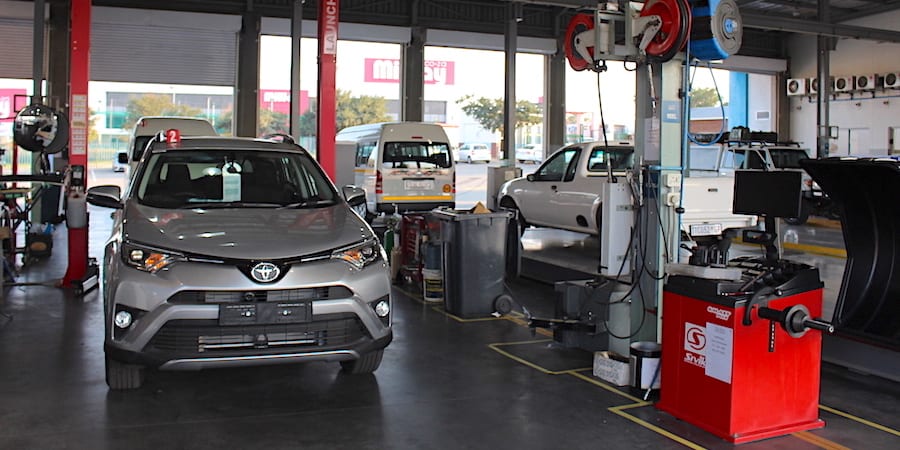
Six digital tools to make your marketing “leaner”
FEATURE – To make the right decisions, the contribution of the team and the leader’s intuition are not enough. It’s also critical to identify the most effective channels and activities for your marketing activities.
Words: Alessandro Martemucci, Lean Coach, Istituto Lean Management
Imagine having to plan the launch of a new product in several countries or hoping to sell it to users with different habits. To communicate with millennials is different to communicating with boomers, and it’s essential to know where each of these categories of buyers are looking to purchase products. To know how 25-year-old John from the US makes purchases compared with 50-year-old Paolo from Italy, companies today need to embrace a structured approach to marketing that incorporates lean principles and fully leverages the power of digital applications.
By investigating and gathering data on trends (on anything from which countries see highest percentages of purchases done through smartphones to how Covid changed buying habits) we can make better decisions.
This data can come from surveys or research, but often times in these cases it’s already obsolete at the time of acquiring it. Even more so during the pandemic (think of how much things have changed between 2019 and today). What to do then? I recommend adopt a “mixed approach” that combines some of the following tools.
#1 Consumer Barometer
Google’s Consumer Barometer is a free online tool that tells you how people use the Internet in 56 countries around the world. It helps you to compare purchasing habits for products ranging from food to hotels, shows to appliances. This precious information - combined with analytics of your website or e-store, with the trend analysis you can perform using Google Trends or similar online platforms, and with the data you can capture in your stores or touch points - will shape your planning and marketing strategy.
#2 Local websites
It’s important to get to know the state-of-the-art of the retail world, and reading articles and visiting websites focused on this subject is a sure way to do that. You can’t imagine developing a marketing strategy without a clear understanding of how consumers behave and how this behaviour evolves.
Another powerful tool we have at our disposal here in Italy (although I am sure similar websites exist elsewhere, too) is Osservatorio Immagino. This platform cross-references the information on product labels (they survey around 115,000 products every year, looking at more than 100 variables - from ingredients to logos, from certifications to nutritional facts) with Nielsen data on sales of products representing 82% of the volumes sold in supermarkets across Italy in a year. In doing so, this website offers a new way of understanding consumption by comparing the information people look for and the purchasing decisions they make.
#3 Google Trends
The data available on Google Trends represents an impartial sample of Google searches. This tool allows us to measure the interest in a certain topic or theme at a global and local level, and to see what related searches people do. Google Trends is a great way to understand what people are interested in and how sensitive they are to certain products or keywords.
#4 Google Market Finder
GMF is another free tool for those who want to identify new potential market opportunities and understand how to best sell products or services to new clients. Users can insert their company website and quickly see what markets are most promising for them, powered by the immense amount of data Google has access to. This allows them to adapt their business model to specific target markets, thus optimizing their investment and giving their marketing strategy an extra boost.
#5 Answer The Public
This SEO tools is particularly interesting, in that it shows us - based on the keywords we type in - the questions that people ask Google. It also offers a list of related keywords. It’s incredibly useful in helping us understand the context in which certain keywords are searched for in different countries.
#6 Google Search Console and Google Analytics
The tools we have seen until now provide an overview of trends and related opportunities or threats for your product or service. But what about our own online presence? With Google Search Console we can monitor the performance of our company website and its ranking. With Google Analytics, we can understand in detail the activity and journey of customers (whether existing or prospective) on our website.
Relying on these digital tools ensures we spend less time and money on the development and execution of our marketing strategy - in a word, they make it “leaner”. Accessing relevant information and understanding how to use it effectively based on real customer needs will help us tap into the potential of our product offering.
THE AUTHOR

Read more


FEATURE – Teamwork, value stream mapping, 5S, kaizen – a former officer in the Dutch Special Forces reflects on how lean thinking is unconsciously embedded in Special Operations practices.


CASE STUDY – The reimbursement department of the largest independent insurance company in Brazil has brought together lean and digitalization to improve its service to customers.


INTERVIEW – Toyota’s approach to developing capabilities and its focus on life-long learning are inspirational. But how do people at Toyota actually learn?


CASE STUDY – One-piece flow and a focus on lean leadership and kaizen have allowed the Halfway Production Centre in Johannesburg to turn itself around in just 14 months.

